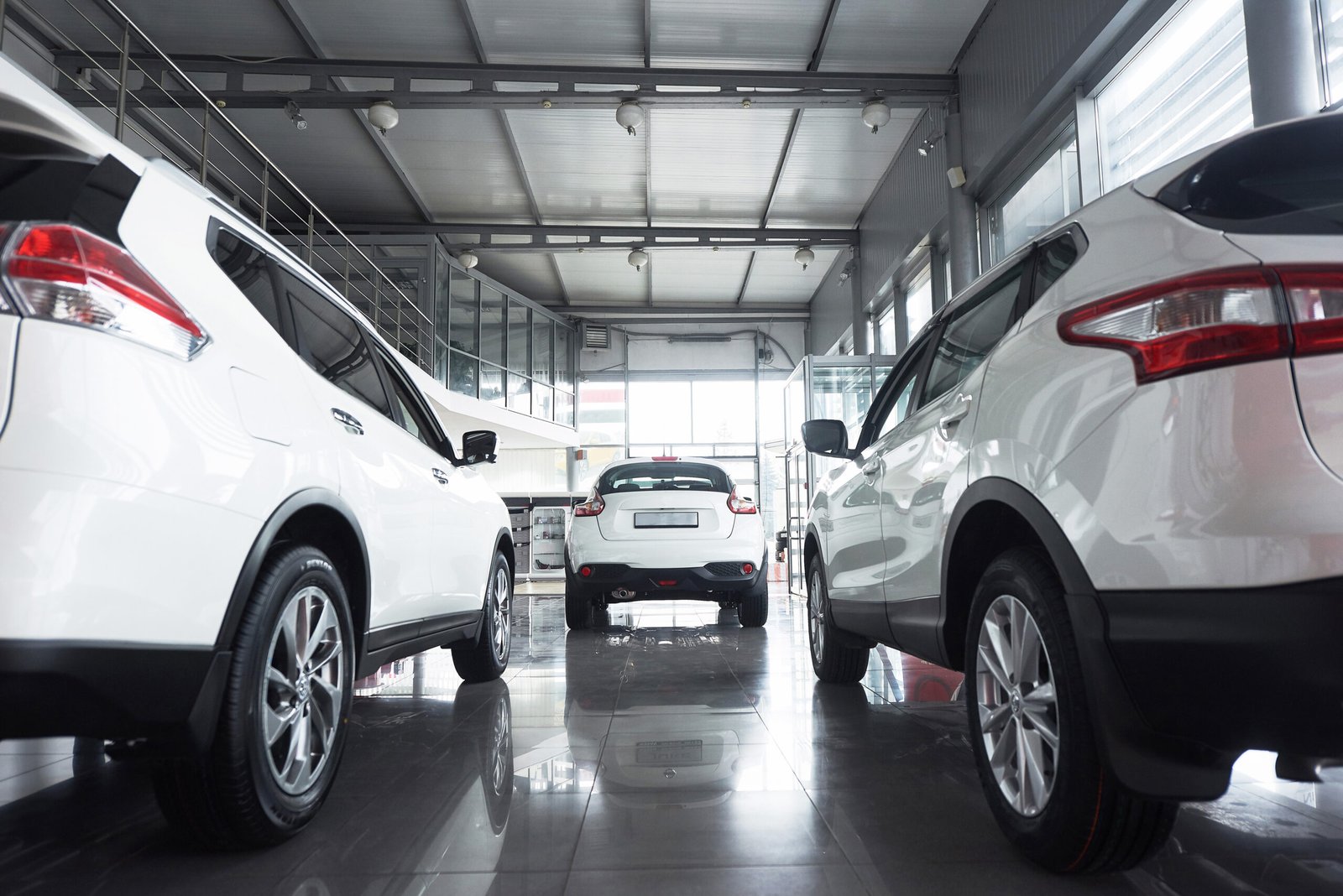1. Introduction
The transformation of the automotive industry is at an unprecedented stage, with electric vehicles (EVs) and hybrids leading the charge. This shift is not merely a technological evolution but a response to global environmental concerns, changing consumer preferences, and a reimagining of mobility. As we stand at the crossroads of this automotive revolution, it’s crucial to understand where EVs and hybrids are headed. In this blog, we will explore the intricate details of their development, market trends, and the potential they hold for reshaping our transportation ecosystem.
2. The Current State of EVs and Hybrids
2.1. Market Overview
The EV and hybrid market has witnessed a surge in demand, driven by an increased environmental consciousness among consumers and advancements in technology. This burgeoning market is not just limited to a few countries but is a global phenomenon, with significant investments pouring in from both established automotive giants and new entrants. The variety of models available, ranging from budget-friendly to luxury, signifies that EVs and hybrids are no longer niche products but a mainstream choice for consumers.
2.2. Technological Advancements
The recent years have seen remarkable technological strides in the EV and hybrid space. From more efficient and compact electric motors to breakthroughs in battery density and longevity, these advancements are the backbone of the modern EV and hybrid vehicles. The integration of smart technologies like regenerative braking, advanced driver-assistance systems (ADAS), and AI-driven efficiency optimizations are not only enhancing the performance but also the overall driving experience.
2.3. Environmental Impact
The environmental benefits of EVs and hybrids are a major driving force behind their adoption. By significantly reducing greenhouse gas emissions and lowering dependency on fossil fuels, these vehicles are pivotal in the fight against climate change. However, it’s crucial to consider the entire lifecycle of these vehicles, including the environmental impact of battery production and disposal, to fully understand their ecological footprint.
3. The Future Landscape of EVs
3.1. Technological Innovations
The horizon of EV technology holds immense potential. Innovations such as solid-state batteries promise to revolutionize energy storage, offering greater energy density and safety. Autonomous driving technologies, integrated with EVs, are poised to redefine the concept of vehicle ownership and usage, leading to more efficient and sustainable transportation systems.
3.2. Battery Technology and Range
The future of EVs is heavily dependent on advancements in battery technology. The development of batteries with higher energy density and faster charging capabilities is crucial. This would not only extend the range of EVs, making them viable for longer journeys, but also reduce “range anxiety,” a significant barrier to widespread EV adoption.
3.3. Charging Infrastructure
Developing a robust and accessible charging infrastructure is key to the adoption of EVs. The future will see a network of fast-charging stations, complemented by innovations like wireless charging and battery swapping technologies. This expansion will require substantial investment and coordination between various stakeholders, including governments, vehicle manufacturers, and energy providers.
3.4. Government Policies and Incentives
Government policies and incentives will continue to play a vital role in shaping the future of EVs. Subsidies, tax breaks, and investments in R&D are essential for making EVs more accessible and affordable. Additionally, regulations encouraging or mandating the use of EVs, such as low-emission zones in cities, will further drive their adoption.
4.1. Bridging the Gap
4. The Evolving Role of Hybrids
Hybrids, which combine an internal combustion engine with an electric motor, serve as an important transitional technology. They offer a compromise, providing improved fuel efficiency and reduced emissions while addressing range concerns associated with fully electric vehicles. As the automotive world gradually shifts towards electrification, hybrids play a crucial role in acclimatizing consumers and infrastructure to this change.
4.2. Technological Developments in Hybrids
The technology in hybrid vehicles is continually evolving. Future hybrids are expected to have more sophisticated energy management systems, better integration of regenerative braking, and more efficient powertrains. These developments will not only improve their environmental performance but also enhance driving dynamics, making them more appealing to a broader range of consumers.
4.3. Market Dynamics
The market dynamics of hybrids are complex, influenced by consumer preferences, technological developments, and policy decisions. As battery costs for EVs decrease and their range increases, hybrids will face stiff competition. However, in the short to medium term, hybrids are likely to remain popular, especially in regions where charging infrastructure is still developing.
5. Challenges and Solutions
5.1. Economic Factors
The initial cost of EVs and hybrids remains a significant hurdle. Despite falling battery prices, these vehicles still command a premium over traditional cars. Economies of scale, technological advancements, and financial incentives are essential to make these vehicles more affordable for the average consumer.
5.2. Sustainability Concerns
While EVs and hybrids offer a greener alternative to conventional vehicles, concerns regarding the sustainability of their production process, particularly battery manufacturing, remain. Research and investment in environmentally friendly battery production methods and recycling technologies are crucial to mitigate these concerns.
5.3. Addressing Range Anxiety
Range anxiety is a major barrier to EV adoption. To address this, continuous improvements in battery technology and charging infrastructure are needed. Innovations like fast-charging batteries and extended-range EVs, along with a dense network of charging stations, are essential to alleviate these concerns.
6. FAQs
How long do EV batteries last?
EV batteries are designed to last for about 8 to 10 years, but technological advancements are expected to extend this lifespan. The rate of degradation varies based on usage, charging habits, and environmental factors.
Are EVs really better for the environment?
EVs offer significant environmental benefits over traditional vehicles, especially when charged with renewable energy. However, the environmental impact of their production, especially batteries, needs to be considered for a comprehensive assessment.
Can hybrids be considered a long-term solution?
Hybrids are a step towards cleaner transportation but may eventually be overshadowed by fully electric vehicles, especially as EV technology and infrastructure mature.
What are the maintenance costs for EVs compared to traditional cars?
EVs generally incur lower maintenance costs due to fewer moving parts and reduced wear and tear on components like brakes and engines. However, battery replacement, if needed, can be expensive.
Is the infrastructure ready for a surge in EV usage?
The readiness of infrastructure varies globally. While some regions are rapidly expanding their charging networks, others are still in the early stages of development. Continuous investment and planning are necessary to keep pace with the increasing number of EVs.
7. Conclusion
The journey towards a future dominated by EVs and hybrids is filled with challenges and opportunities. As technological innovations continue to evolve, these vehicles will become more accessible, efficient, and integral to our daily lives. The transition to electric and hybrid vehicles is not just a technological shift but a pivotal moment in our quest for sustainable transportation. The road ahead is promising, and the impact of this transformation will resonate across the globe, redefining how we view and use vehicles for generations to come.




